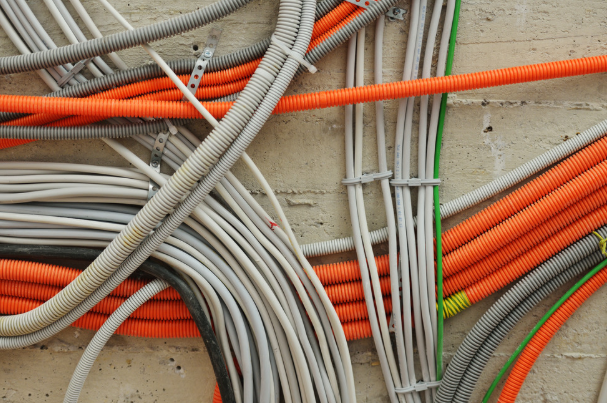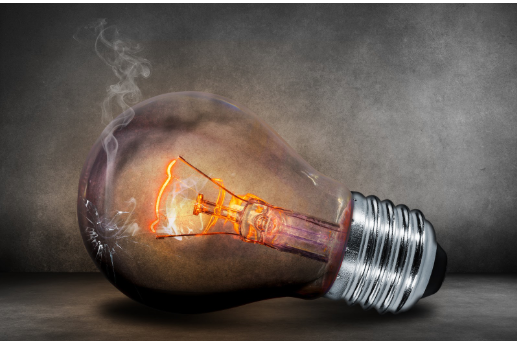Thoughtful electrical upgrades can make everyday living safer, simpler, and more comfortable. The best projects solve small frustrations you feel every day, like dim corners, tripping breakers, or charging clutter. When planned correctly, these installations also prepare your home for future tech while protecting your appliances and devices. Here are five targeted upgrades that deliver outsized benefits without a full remodel.
1) Whole-Home Surge Protection
A whole-home surge protector mounted at the main panel helps shield sensitive electronics and major appliances from voltage spikes. Power fluctuations can originate from storms, utility switching, or even large motors inside your own house. By clamping down surges before they spread through branch circuits, you reduce premature wear on HVAC equipment, refrigerators, washers, and home office gear. Pair panel-level protection with point-of-use surge strips for computers and entertainment centers to build a layered defense.
2) Dedicated Circuits for High-Draw Appliances
Kitchen ranges, microwaves, space heaters, treadmills, and shop tools often compete on general-purpose circuits, leading to nuisance trips and hot receptacles. Adding dedicated circuits for heavy loads keeps voltage stable and lowers the risk of overheated wiring. This upgrade is especially useful in older homes where outlet density and breaker capacity were designed for a different era. With proper labeling, you will also make future troubleshooting faster and safer.
Work With Licensed Pros
Quality and safety hinge on the person doing the work. Hiring a licensed electrician ensures correct wire sizing, secure terminations, and code-compliant protection devices, all of which extend equipment life. According to Gitnux, about 61.6% of electricians are employed within the electrical contractors industry, so it is common to source help through contractor firms that can staff projects quickly and coordinate inspections.
3) Smart Lighting and Occupancy Controls
Smart switches, dimmers, and occupancy sensors transform lighting from a basic utility into a comfort feature. Scene controls let you brighten prep zones, soften dining areas, or set a calm evening mode with one tap. Vacancy sensors turn lights off automatically when rooms are empty, which reduces energy waste and keeps hallways safer at night. Choose neutral-wire-ready controls for wider compatibility and plan a few multi-way circuits where you regularly change levels from different doorways.
4) EV Charger or 240-Volt Garage Outlet
Even if you do not own an electric vehicle yet, a 240-volt outlet in the garage future-proofs your home and speeds up charging compared to a standard receptacle. A dedicated circuit sized for a Level 2 charger also supports high-draw tools or a heat-pump water heater in the same area. Load calculations, proper breaker selection, and cable routing keep the system safe and efficient for years to come. According to the EIA, the typical U.S. household uses about 10,500 kilowatthours (kWh) of electricity per year, so smart charging schedules and efficient appliances can help you manage total consumption as your needs evolve.
5) Backup Power With a Transfer Switch
A manual or automatic transfer switch lets you safely connect a portable generator or whole-home battery without dangerous backfeeding. Prioritize circuits like refrigeration, internet, medical devices, well pumps, and selected lighting so you can ride out outages comfortably. If you choose a battery system, integrate it with smart load management to shift usage away from peak utility rates. A clean, labeled backup plan reduces stress during storms and protects food, work, and daily routines.
Budgeting for Custom Electrical Work
Set expectations before work begins by discussing scope, permit requirements, and finish details. Obtain a written estimate that lists materials, devices, and the exact locations of new outlets or fixtures to avoid change orders. According to Forbes, the average cost to hire an electrician typically ranges from $50 to $150 per hour, so clarity on labor hours and scheduling helps keep the project on time and on budget.
Small Convenience Upgrades That Add Up
Strategic outlet placement solves more than you might expect. Add tamper-resistant receptacles in kid-focused spaces, low-profile outlets behind wall-mounted TVs, and pop-up or under-cabinet receptacles on kitchen islands. Consider USB-C Power Delivery outlets near nightstands and workspaces to reduce bulky chargers. These simple touches declutter counters, shorten cable runs, and make every room feel more intentional.
Planning Tips for a Smooth Install
Start with a quick audit of your daily habits. Where do you set devices to charge, read in the evening, or prep meals? Mark those spots on a floor plan and list the annoyances you want solved, like a dark stairway or a garage with too few circuits. Share this with your electrician, agree on fixture styles and control types, and confirm panel capacity before committing. Good planning minimizes drywall repairs, keeps timelines tight, and delivers a clean finish.
Custom electrical upgrades improve how your home feels every day. By targeting protection, power delivery, lighting quality, readiness for EVs, and outage resilience, you get a safer, more convenient space that adapts as your life changes. Start with a focused list, set a clear budget, and work with a qualified pro. The result is a quieter, brighter, and more reliable home that supports your routines without getting in the way.









